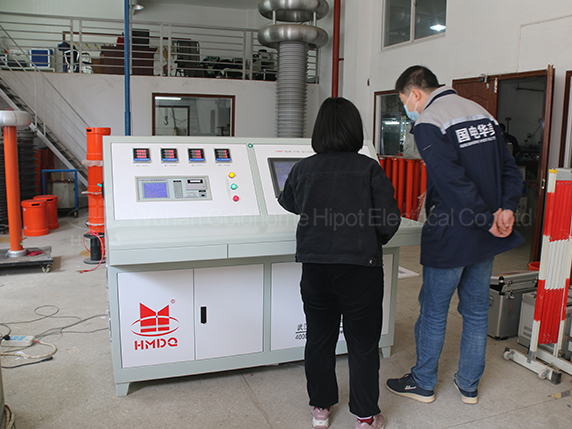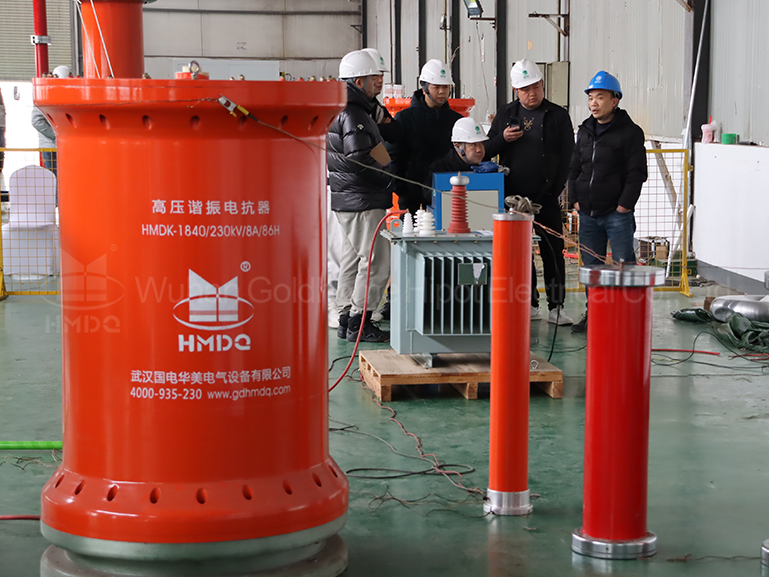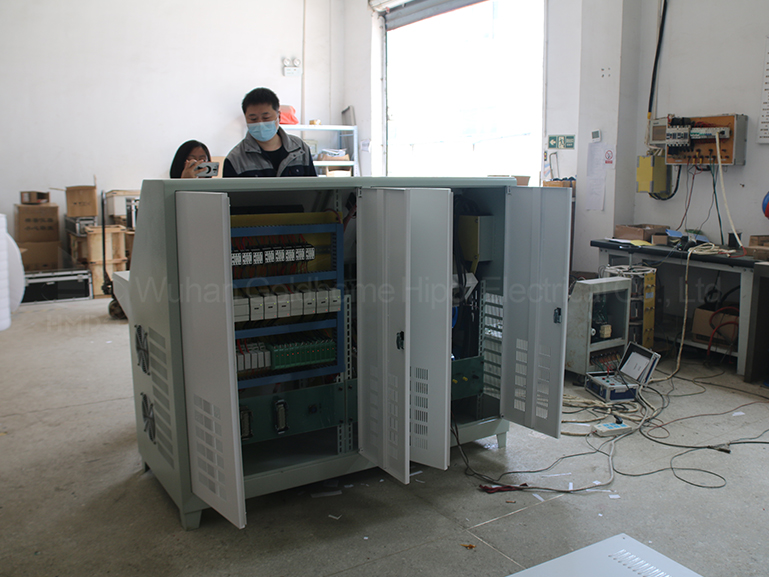The usage method of Primary Current Injection Test System

A Primary Current Injection Test System is typically used for testing and verifying the performance of protective relays,circuit breakers,and other protective devices in power systems.Here is a general guide on how to use a Primary Current Injection Test System:
1.**Preparation**:
-Ensure that the test system is set up correctly and all connections are secure.
-Verify that the test equipment is calibrated and functioning properly.
2.**Setting the Test Parameters**:
-Set the desired test current value on the Primary Current Injection Test System.This current should be higher than the pickup current of the protective device being tested.
-Set the duration of the test current injection.
3.**Connection**:
-Connect the Primary Current Injection Test System to the device under test.This may involve disconnecting the device from the power source and connecting it to the test system using appropriate cables.
-Ensure that the connections are secure and correctly made.
4.**Performing the Test**:
-Once all connections are in place,initiate the test by activating the test current injection on the Primary Current Injection Test System.
-Monitor the device under test to ensure it operates as expected when subjected to the injected current.
-Observe the response of the protective device and verify that it trips or operates within the specified time and current limits.
5.**Recording and Analysis**:
-Record the test results,including the test current value,duration,and the response of the protective device.
-Analyze the test results to determine if the protective device is functioning correctly and within the specified parameters.
6.**Post-Test Procedures**:
-After completing the test,disconnect the Primary Current Injection Test System from the device under test.
-Ensure that all connections are safely disconnected and the equipment is properly stored.
7.**Documentation**:
-Document the test procedure,results,and any observations made during the test for future reference.
It's important to follow the manufacturer's instructions and guidelines when using a Primary Current Injection Test System to ensure safety and accurate testing of protective devices in power systems.
1.**Preparation**:
-Ensure that the test system is set up correctly and all connections are secure.
-Verify that the test equipment is calibrated and functioning properly.
2.**Setting the Test Parameters**:
-Set the desired test current value on the Primary Current Injection Test System.This current should be higher than the pickup current of the protective device being tested.
-Set the duration of the test current injection.
3.**Connection**:
-Connect the Primary Current Injection Test System to the device under test.This may involve disconnecting the device from the power source and connecting it to the test system using appropriate cables.
-Ensure that the connections are secure and correctly made.
4.**Performing the Test**:
-Once all connections are in place,initiate the test by activating the test current injection on the Primary Current Injection Test System.
-Monitor the device under test to ensure it operates as expected when subjected to the injected current.
-Observe the response of the protective device and verify that it trips or operates within the specified time and current limits.
5.**Recording and Analysis**:
-Record the test results,including the test current value,duration,and the response of the protective device.
-Analyze the test results to determine if the protective device is functioning correctly and within the specified parameters.
6.**Post-Test Procedures**:
-After completing the test,disconnect the Primary Current Injection Test System from the device under test.
-Ensure that all connections are safely disconnected and the equipment is properly stored.
7.**Documentation**:
-Document the test procedure,results,and any observations made during the test for future reference.
It's important to follow the manufacturer's instructions and guidelines when using a Primary Current Injection Test System to ensure safety and accurate testing of protective devices in power systems.



